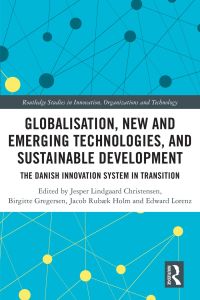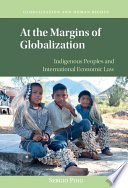Buy Globalisation, New and Emerging Technologies, and Sustainable Development: The Danish Innovation System in Transition 1st Edition PDF ebook by author Routledge – published by Routledge in 2021 and save up to 80% compared to the print version of this textbook. With PDF version of this textbook, not only save you money, you can also highlight, add text, underline add post-it notes, bookmarks to pages, instantly search for the major terms or chapter titles, etc.
You can search our site for other versions of the Globalisation, New and Emerging Technologies, and Sustainable Development: The Danish Innovation System in Transition 1st Edition PDF ebook. You can also search for others PDF ebooks from publisher Routledge, as well as from your favorite authors. We have thousands of online textbooks and course materials (mostly in PDF) that you can download immediately after purchase.
Note: e-textBooks do not come with access codes, CDs/DVDs, workbooks, and other supplemental items.
eBook Details:
Full title: Globalisation, New and Emerging Technologies, and Sustainable Development: The Danish Innovation System in Transition 1st Edition
Edition: 1st
Copyright year: 2021
Publisher: Routledge
Author: Routledge
ISBN: 9780367480479
Format: PDF
Description of Globalisation, New and Emerging Technologies, and Sustainable Development: The Danish Innovation System in Transition 1st Edition:
This book explores the capacity of the Danish innovation system to respond to key societal challenges including the green imperative of achieving growth with environmental sustainability and the need to adapt to new and possibly disruptive changes in technology, often referred to as the Fourth Industrial Revolution. The book is divided into four main parts. The first describes the evolving characteristics of the Danish system of research and innovation with special attention to the role of policy at the national and regional levels. The second part focuses on interorganisational relations, including the position of Danish firms in national and global value chains. The third part examines changes in labour markets and in the educational and training system, and it considers the impact of new technologies including robotics and artificial intelligence on employment and skills. The fourth part turns to issues of climate change and environmental sustainability including an assessment of the Danish economy’s success in meeting the challenges of the UN Sustainable Development Goals. The book will be of particular interest to small countries, of which the Danish innovation system is representative, but it also appeals more broadly to an audience interested in innovation systems and policies to support economic development.





